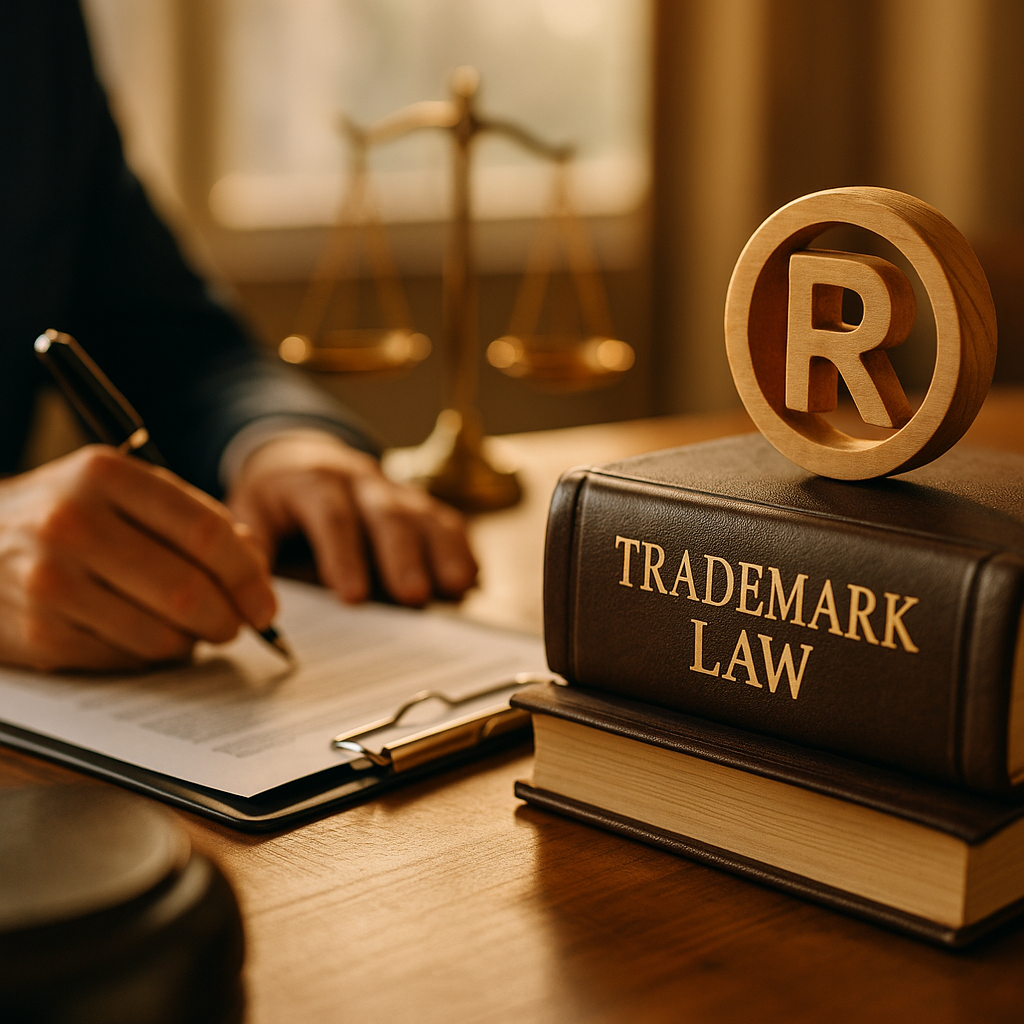Understanding Trademark Law for Brands
Trademark law protects distinctive words, names, symbols, or devices that identify and distinguish the source of goods or services in the marketplace. In 2025, with brand recognition being more critical than ever, understanding the intricacies of trademark protection remains essential for brands and creators aiming to secure their intellectual property and prevent costly legal battles. Let’s discover what you need to know.
What Are Trademarks? The Basics for Brand Owners
A trademark is a sign—be it a logo, brand name, slogan, or even a unique product shape—that sets your goods or services apart. According to the United States Patent and Trademark Office, a strong trademark must be unique and not merely descriptive.
- Word marks: Brand names or taglines (e.g., “Coca-Cola”)
- Design marks: Logos or stylized fonts
- Sound or color marks: In rare cases, unique sounds or colors linked to a brand can also be trademarked.
Trademarks serve as tools for building customer trust. For both brands and creators, establishing a trademark is the foundation for safe scaling in the crowded digital and physical marketplaces of 2025.
How Trademark Registration Protects Your Brand Identity
Trademark registration is vital in safeguarding your brand equity, especially as online infringement becomes more prevalent. By registering a trademark with the relevant government office, you gain exclusive rights to use your mark within specific categories or classes of goods and services. According to the World Intellectual Property Organization, enforcing a registered trademark is significantly easier than defending one without registration.
Key reasons to register your trademark:
- Legal protection: It creates a public record and gives you the right to take legal action if someone uses your mark without consent.
- Brand expansion: Registered trademarks are valuable assets in franchising, licensing, or expanding into new markets.
- Deterring infringement: Others are less likely to copy a brand with a registered mark.
Without registration, brands and creators often struggle to stop imitators—especially online, where infringing websites and counterfeiters thrive.
Trademark Classes and Global Considerations in 2025
Trademarks are organized into classes, each representing a different type of product or service. Understanding trademark classes is critical for ensuring your registration covers all your activities. For example, a brand selling apparel and software would need separate applications for both classes.
In 2025, with global ecommerce thriving, consider international protection. Systems such as the Madrid Protocol allow for streamlined applications across member countries, making it easier for ambitious brands and creators to protect their intellectual property globally.
Top global trademark considerations:
- Not all trademarks can be protected in every country. National laws differ.
- In some jurisdictions, “first-to-file” laws mean whoever registers first, wins rights—even over the creator.
- Translation and local usage can affect brand strength; ensure your mark translates well culturally.
Research and consider all markets where your mark will be used, and consult legal counsel familiar with those jurisdictions.
Monitoring and Enforcing Your Trademark Rights Online
In a digital world saturated with brands, monitoring the marketplace is a critical part of trademark protection. Infringement can occur through counterfeit goods, lookalike logos, or even copycat social media profiles. Vigilant enforcement of trademark rights is essential to preserve brand value.
What proactive steps can you take?
- Regular searching: Use public trademark databases, search engines, and social channels for unauthorized usage.
- Third-party monitoring: Engage companies specializing in online brand protection and takedown notices.
- Clear enforcement steps: Develop a strategy for sending cease-and-desist letters or pursuing legal action as needed.
Timely action sends a strong message and helps prevent “genericide”—when overuse weakens a trademark’s distinctiveness.
Common Trademark Pitfalls and How to Avoid Them
Many brands and creators encounter errors that undermine trademark strategy. Avoid these pitfalls to strengthen your position in 2025:
- Neglecting clearance searches: Failing to check existing trademarks risks infringing on someone else’s mark, leading to expensive rebranding or litigation.
- Picking weak marks: Generic or merely descriptive terms (e.g., “Best Cookies”) are hard to protect. Aim for distinctiveness.
- Assuming social media handles equal trademark rights: Owning a handle is no substitute for formal registration.
- Forgetting renewals: Registrations can lapse; mark renewal deadlines on your calendar.
- Poor record-keeping: Document your mark’s first use, registration, and enforcement actions to support any disputes.
Taking a strategic approach from the start saves resources and safeguards your creative assets as your brand grows.
Trademark Law FAQs for Brands and Creators
-
Do I need to hire a lawyer to register a trademark?
While you can file applications yourself, working with an experienced trademark lawyer increases your chances of a successful, broad, and enforceable registration, especially for complex or international filings. -
How long does trademark protection last?
Trademark registrations can last indefinitely, provided you maintain them through timely renewals and continued use in commerce—often every 10 years, depending on jurisdiction. -
Can two brands have the same trademark?
Only if they operate in non-competing fields and there is no likelihood of confusion. For example, “Delta” is both an airline and a plumbing fixtures brand. -
What should I do if someone infringes my trademark?
First, gather evidence. Then, consult a trademark attorney to send a cease-and-desist letter or take legal action. For online infringements, use takedown tools provided by many marketplaces and social platforms. -
Is an unregistered trademark protected?
Yes—these are called “common law” rights, but protection is more limited and often harder to enforce, especially outside your direct geographic area.
In summary, a strategic understanding of trademark law for brands and creators empowers you to secure, expand, and defend your assets in the evolving 2025 marketplace. Take proactive steps to protect your unique identity—and ensure your creative work stands apart.
